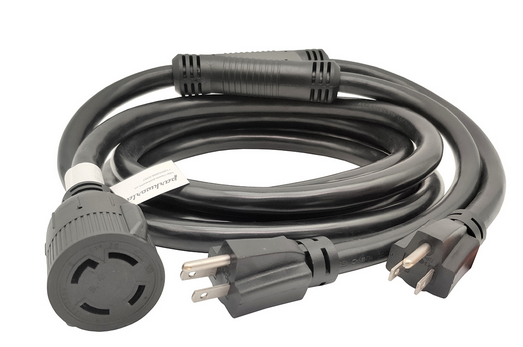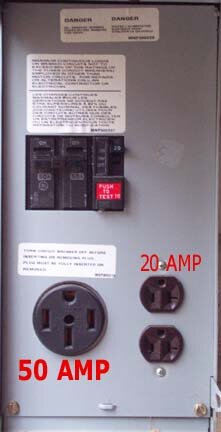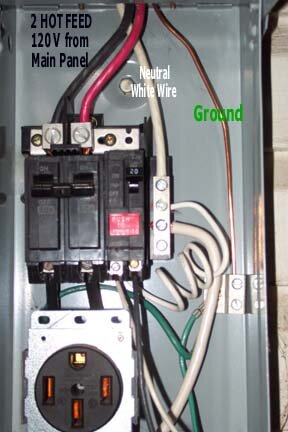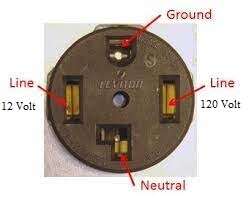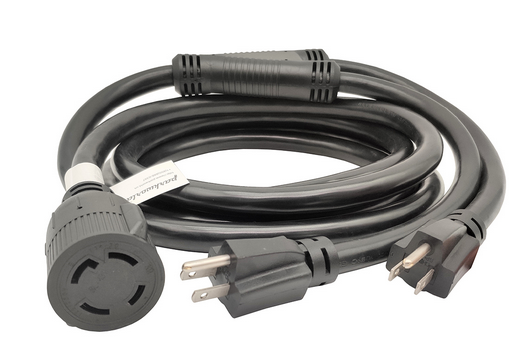gdelanghe
Member
i have a 50 amp service DRV RSB3 5th wheel RV with a Splendide 120V, 60hz, 12amp dryer. I'm looking at an LG DLHC1455P heat pump dryer. As you know, no heating element, just a heat pump to dry. 120/240V,60Hz,3.1A /120/208V,60Hz,3.5A
The wattage would be 744 watts (240X3.5) vs the 1440 watts of the Splendide (120x12) Sounds like your Parkworld 886115 Combiner would work. And use less electricity than the Splendide does now.
No heating element and low amp draw to operate. I can run the condensation hose in the same hole as the washer.
Sounds do-able
Your thoughts?
thanks George
The wattage would be 744 watts (240X3.5) vs the 1440 watts of the Splendide (120x12) Sounds like your Parkworld 886115 Combiner would work. And use less electricity than the Splendide does now.
No heating element and low amp draw to operate. I can run the condensation hose in the same hole as the washer.
Sounds do-able
Your thoughts?
thanks George

